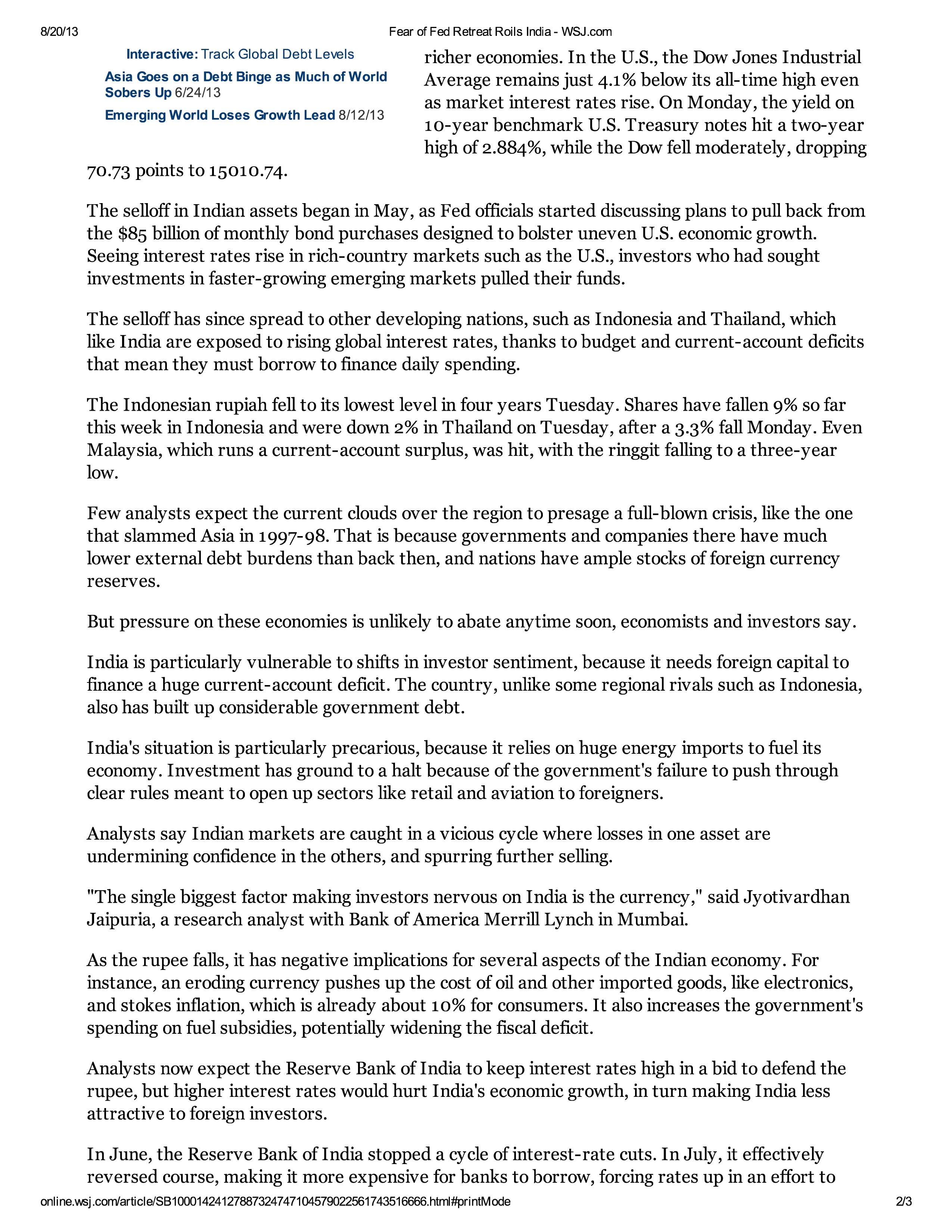Make roads rain-proof with concrete: Experts
October 28, 2013
Riyan Ramanath V, TNN
BHUBANESWAR: After several of the city roads got damaged in the rain that has continued non-stop over the past week, experts have suggested building of concrete roads that can survive similar downpours.
A single spell of rain is enough to create potholes on the roads. If some of the roads, which are located in low-lying areas and are prone to waterlogging, can be concretized, there would be no need for frequent repairs, feel experts.
“Like Mumbai, which switched over to concrete roads to avoid potholes caused by frequent rain, Bhubaneswar should also plan out to concretize some roads that are vulnerable to rain water. Although initial construction cost of concrete roads is almost double compared to bitumen roads, the former can survive the impact of rain,” said chairman of Indian Institute of Architect (Odisha chapter) Sanjib Guru. He said switching over to concrete roads would require some elevation from the ground level.
However, concrete roads also have their flip side. They are likely to cause more friction of tyres of the vehicles compared to bitumen roads. It will also generate more heat. “Concrete roads are suitable at those locations where drainage facilities can’t be created. Second, concrete roads cannot be easily repaired unlike bitumen roads,” said city engineer T B K Shroff, pointing out that 300 km of roads in the city was damaged because of rainfall and stagnation of rain water on roads. “We have given a Rs 10 crore proposal to the state government for immediate repair of the roads,” said Shroff.
“The average lifespan of a bitumen road is three to four years and such roads fare badly during monsoon. Concrete roads are advisable in coastal cities like Bhubaneswar, as they last for at least 20-25 years. During waterlogging, the concrete roads rather gain strength,” said urban planer Piyush Rout. Concrete roads are also less vulnerable to water seepage.
For cities like Bhubaneswar, which during the entire monsoon receives 1,100-1,200 mm of rain, bitumen roads have been constructed accordingly. However, poor composition of bitumen and chips makes the roads vulnerable to rain water.
Bailout package should not be like flawed exit policy: National Highway Builders’ Federation
October 16, 2013
YASHODHARA DASGUPTA, ET Bureau
NEW DELHI: A week after the government approved a bailout of the highways sector and set up a committee that will draft its details, developers told Prime Minister Manmohan Singh that the rescue plan shouldn’t end up being similar to what they described as the “flawed exit policy” that has failed to attract takers.
The committee headed by C Rangarajan, chairman of the Prime Minister’s Economic Advisory Council, is expected to give its recommendations on the premium restructuring in a month. The final decision will be implemented by the highways ministry after it is approved by finance minister P Chidambaram.
“The guidelines for the rescheduling of the premium for the highway projects are required to address the concerns raised by the sector as a whole, otherwise it will not only defeat the purpose of the policy but also not help in the revival of the road sector,” the National Highway Builders’ Federation (NHBF) said in its letter to Singh. “In the past it is a known fact that because of the flawed exit policy for the road sector announced by the government, it has not been able to attract even a single investment.”
The road developers sought a reduction in costs they have to pay for deferring the premium. According to the Cabinet note sent by the highways ministry, which included suggestions of the finance ministry and the Planning Commission, developers need to pay 12 per cent on the premium as well as a penalty of up to 0.5 per cent of the total project cost in case the default was attributed to them. The concessionaires would also have to give a bank/corporate guarantee to the extent of the maximum difference between the premium promised at the time of bidding and that under the revised payment schedule, according to the cabinet note.
The NHBF letter, also sent to Chidambaram, Rangarajan and roads minister Oscar Fernandes, argued that deferral of premium payments should be allowed at a 9.75 per cent discount rate, the rate at which Cabinet last year allowed telecom operators to stagger spectrum fee payments. NHBF explained that “the proposal of highway sector’s deferment of premium is similar to telecom sector on contract terms and conditions on period of contract and cost involved…”
“A case for some form of relief can be made and the 12 per cent rate needs a relook in the current context.The situation in some sense is similar to the telecom sector relief because they too were going through stress at the time,” said Arvind Mahajan, partner at KPMG, who added that both sides needed to make some sort of concessions. “Many companies involved in projects are highly leveraged. They are also facing execution challenges because of delays on part of NHAI and escalation in project cost,” Mahajan said.
NHBF has argued against the penalty clause saying the viability of most of these projects were eroded because of delays in environmental clearance, land acquisitions, a ban on the procurement of aggregates and so on. NHBF has also opposed the corporate or bank guarantee clause saying most concessionaires are either undergoing corporate debt restructuring and are over-leveraged or bankers are not willing to lend to them.
Source-http://articles.economictimes.indiatimes.com
‘My way or highway’ won’t work
September 26, 2013
MAMUNI DAS

Highway developers should perhaps be allowed to rework premium payments, given the economic crisis.
Should financially-strapped highway developers be allowed to ‘reschedule’ the annual premiums they had offered to pay while successfully bidding for projects? This is becoming a classic case where several government arms want to escape the burden of saying a clear ‘no’, even though they do not want to say ‘yes’.
With a ‘no’, the UPA-2 government risks staining its report card on the highway development front at a time when it — and the economy — badly needs projects taking off the ground. Developers dumping projects isn’t good news when elections are barely months ahead. But a ‘yes’ could also mean taking decisions that the Government’s audit arms may question in future.
For almost six months now, a proposal to permit highway developers to postpone their premium payments in a manner that keeps the net present value of these obligations constant over the entire contract period, has been doing the rounds. It has been, to use official language, “under consideration”, with the Government neither accepting it nor rejecting it categorically.
THE GENESIS
The entire “under-consideration” exercise started as an attempt by the National Highways Authority of India (NHAI) to prevent developers walking out of road projects that they had won only two-three years ago.
They had done so by quoting high premiums payable to NHAI in return for getting the right to develop or widen highway stretches, maintain these and collect toll from users over a pre-determined period of 20-30 years.
Those were, of course, roaring times when everything seemed to be going right for the economy. So, instead of seeking a subsidy — viability gap funding — most developers raced to bag ‘design-build-finance-operate-transfer’ concessions by offering ever high premiums.
But with economic growth slowing down — from 8-9 per cent at the time of the award of contracts to 4-5 per cent now — and high inflation pushing up project costs, many developers have ‘discovered’ the same projects to be financially unviable and not capable of realising the toll revenues that they had originally projected. And luckily, they have found solace in Government’s inefficiencies, such as inability to get regulatory clearances on time.
Thus, the likes of GMR, GVK and Ashoka Buildcon have laid the blame on environmental/forest clearances and land acquisition. These clearances were delayed to such an extent as to change the entire project finance equations. Besides these developers, there are others too watching from the fringes as of now, although they haven’t served any termination notices on the NHAI.
Currently, there are some 15 highway projects that were awarded in 2011 but are yet to achieve financial closure.
DOING THE ROUNDS
In January, GMR announced its decision to seek termination of a 555-km, six-laning project between Kishangarh and Ahmedabad, while officially citing delays in obtaining regulatory various nods.
The infrastructure company had committed to pay a premium of some Rs 32,000 crore over the project period of 26 years. Interestingly, the Comptroller and Auditor General of India pulled up the NHAI on GMR’s threatened pull-out, saying that it would jeopardise potential premium revenues of Rs 32,000 crore from the project.
It was in this context that the NHAI Board, in March-end, approved a proposal by GMR for premium rescheduling. The approval, however, came with a dissent from the Expenditure Secretary R.S. Gujral and concerns raised by the Planning Commission Secretary Sindhushree Khullar. Both are members of the Board.
Since then, the Ministry of Road Transport and Highways has suggested some changes to frame a common policy for all such cases, involving premium rescheduling.
It sent a note to the Law Ministry for approval. The latter, in turn, turned the proposal down on grounds that it would amount to renegotiation of contracts.
The NHAI Chairman R.P. Singh, on his part, has sought an informed decision from all concerned Ministers. A ‘no’ to the proposal would ultimately endanger potential premium revenues aggregating about Rs 98,000 crore over 26 years, having a net present value of Rs 26,000 crore.
Following the NHAI Chairman’s intervention, the Law Ministry seemingly diluted its stance on the issue, while referring the matter to the Finance Ministry.
The latter, while proposing some riders, agreed to a one-time renegotiation, subject to concurrence from the Law Ministry.
The Road Ministry has since floated a Cabinet note listing all the available options. But what will emerge from all this isn’t clear. This rigmarole was only to be expected, since the proposal eventually involved reworking the norms of a contract that private firms had already entered into with the NHAI.
Contract renegotiation is not an area government officials are comfortable with, more so, given the potential risk of attracting audit scrutiny. And the timing — with elections around the corner and a government already under attack for Coalgate, Spectrum, Commonwealth Games and whatnot — couldn’t be worse.
THE ROAD AHEAD
The Government’s indecisiveness is due to lack of confidence, and there’s some over-defensiveness born out of previous scams.
At the same time, what it needs to also bear in mind is the fact that by not going in for renegotiation and instead allowing developers to exit, it jeopardises potential premium revenues in the future. That is something even the CAG has alluded to.
In other words, for the Government, it is a case of damned if you do and damned if you don’t.
The best way out of this mess is to follow some basics. If the Government decides to renegotiate a contract, it is important to not lose sight of the core aim of such an exercise.
In this case, the purpose clearly is to salvage highway development contracts that are on the whole favourable to the Government — those that can be physically executed on the ground, while protecting the Government’s financial interests.
Second, assuming clarity in regard to the core aim, the renegotiating conditions have to be transparent.
So, if the different arms of government arrive at a consensus proposal, they should discuss the final form of proposal with the developers before taking it to the Cabinet, to get an idea of whether the rescheduling proposal has any takers.
Unilaterally presenting a ‘take-it-or-leave-it’ proposal that developers don’t find viable defeats the very purpose of renegotiation. Else, the Government should have the spunk to say a simple ‘no’ (to any renegotiation)!
Fear of Fed Retreat Roils India
August 22, 2013











